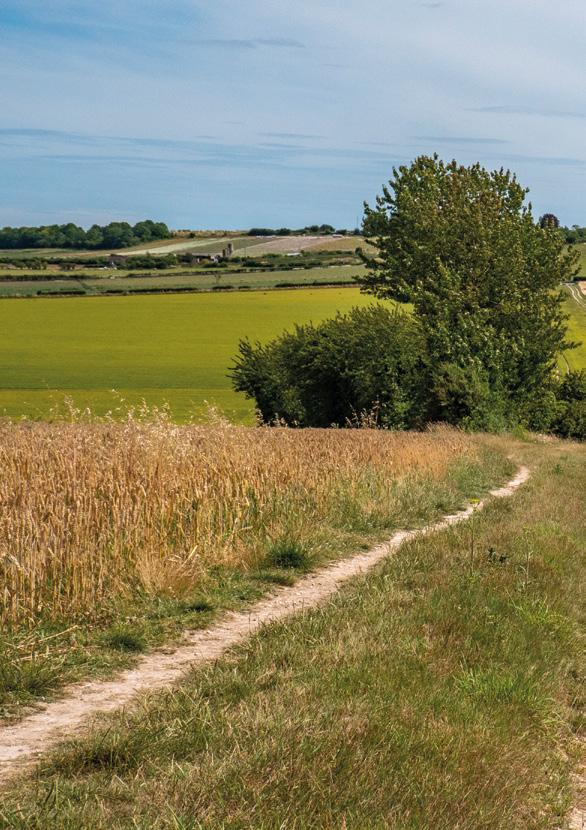
1 minute read
The 'Digtionary
Hill fort
Hill forts start to appear on high ground in the late Bronze Age but explode in numbers during the Iron Age. Some are quite small with a single ditch and bank, whereas others have multiple massive banks and ditches as well as complex entrance arrangements. Traces of wooden palisades on top of the banks are common, and some like Barbury Castle fort (just north of Marlborough) were further reinforced with stone. Most excavations show multiple roundhouses inside and some forts like Old Sarum became sites for Roman settlements or were re-occupied in the post-Roman period.
Keep
The keep is the central defensive building of a medieval castle as seen at Old Sarum and Farnham.

Motte and bailey
The classic Norman castle puts a timber or stone keep stronghold on top of a motte or mound. This is then surrounded by a larger bailey protected by a ditch and bank/ramparts. Again, Old Sarum and Farnham are great examples.










